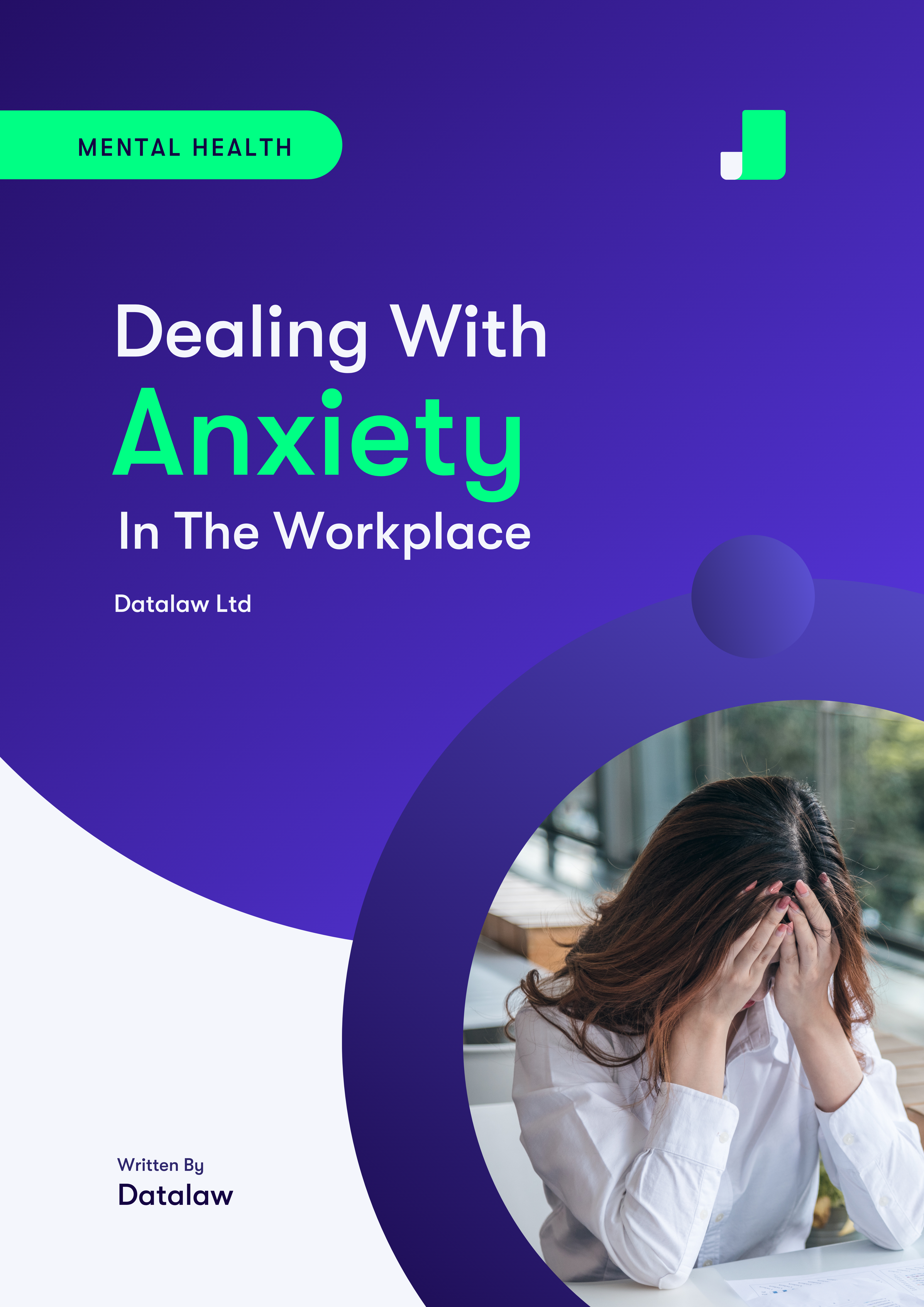EMPLOYEE WELLNESS
Anxiety Guide
Anxiety
Download our simple to follow 4-week Anxiety Guide that can be used to help track your anxiety.
A typical reaction to stress or danger is anxiety. It can sometimes be beneficial because it can enhance performance in a variety of situations and help the body get ready for action.
When anxiety is severely felt and interferes with a person’s daily activities on a regular basis, it becomes a problem.
Everyone occasionally suffers anxiety symptoms, which is pretty common. Anxiety is one of the key signs of a number of illnesses. Severe anxiety can be brought on by phobias, generalised anxiety disorder (GAD), and post-traumatic stress disorder.
Panic attacks
When your body goes through a sudden, strong wave of psychological and physical symptoms, it is known as having a panic attack. You might experience extreme anxiety, fear, and uncertainty. You may also suffer physical symptoms such as nausea, sweating, shaking, and the impression that your heart is racing erratically in addition to these feelings (palpitations). Although strong and terrifying, a panic episode is not harmful. You won’t suffer any physical injury as a result.
At least one in ten people occasionally experience panic attacks, which are typically brought on by a stressful occasion or circumstance. However, individuals with panic disorder experience frequent attacks, frequently with no obvious cause. The severity of your disease will determine how many panic episodes you experience. Some people might experience one or two attacks a month, whilst others might experience many every week.
Symptoms
A panic attack’s symptoms can be both frightening and upsetting. Symptoms frequently appear without notice, very abruptly, and frequently for no apparent reason. In addition to intense anxiety, a panic attack might result in the following symptoms:
- Feeling of having an erratic heartbeat (palpitations)
- Sweating\trembling
- Flushing heat; chills
- Breathing difficulty & choking sensation
- Chest tightness
- Nausea
- Dizziness
- Being slightly numb or having tingling sensations
- Mouth dryness
- A ringing in the ears
- The need to use the restroom
- Apprehension or a fear of passing away
You can believe you are suffering a heart attack due to the severity of a panic attack’s symptoms. The worry that you might get a heart attack can therefore make you feel more anxious. It’s crucial to understand that signs like shortness of breath or a racing heart do not necessarily indicate that you are suffering a heart attack. Although frightening, a panic attack won’t hurt you in any way.
Long-term sufferers of panic disorder typically develop the ability to recognise this “heart attack sensation” and have a better understanding of how to manage their symptoms. Typically, a panic attack’s symptoms reach their height in 10 minutes. The majority of attacks endure five to thirty minutes. If you have panic disorder, you could experience stress and worry since panic episodes can be incredibly unpredictable.
Treatment
Psychological therapy and medication are the two basic types of treatment for panic disorder.
You might need one of these kinds of treatment or a combination of the two, depending on your particular situation. Your doctor will go over all of your options with you before you start any form of therapy, describing the benefits of each option while also alerting you to any potential dangers or side effects. This is due to the fact that no single treatment is the most effective for everyone, and the advised course of action will depend on your general health, the seriousness of your condition, as well as your preferences.
The basic rule is to quickly seek assistance.
